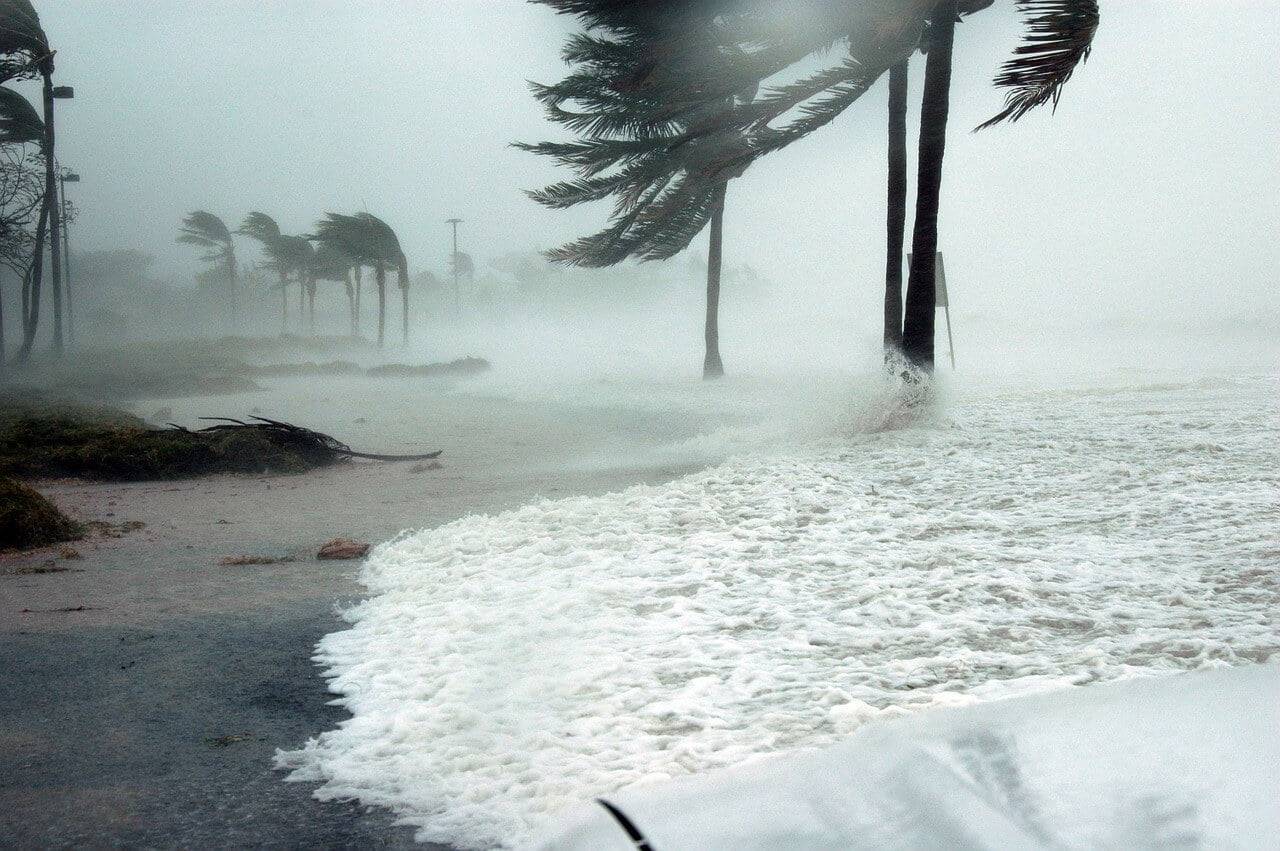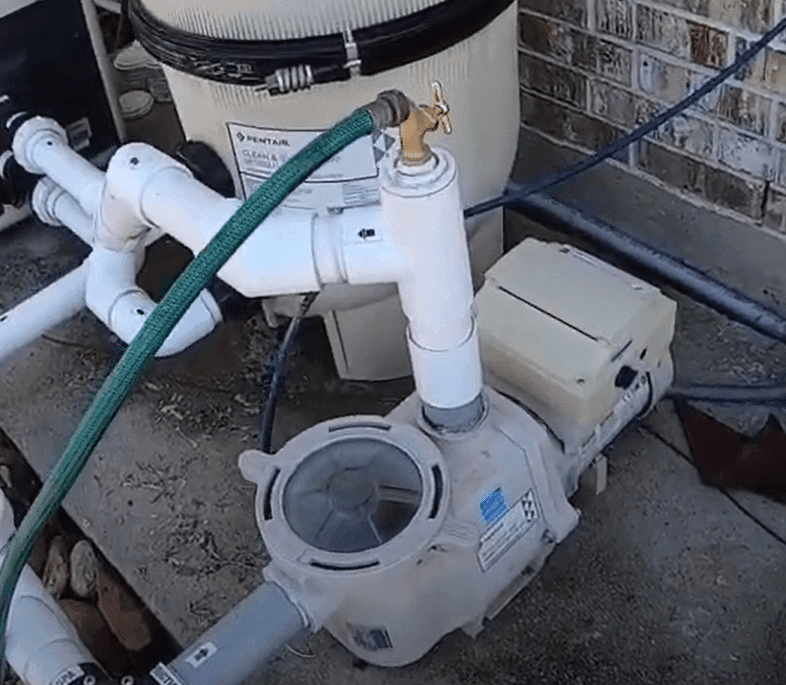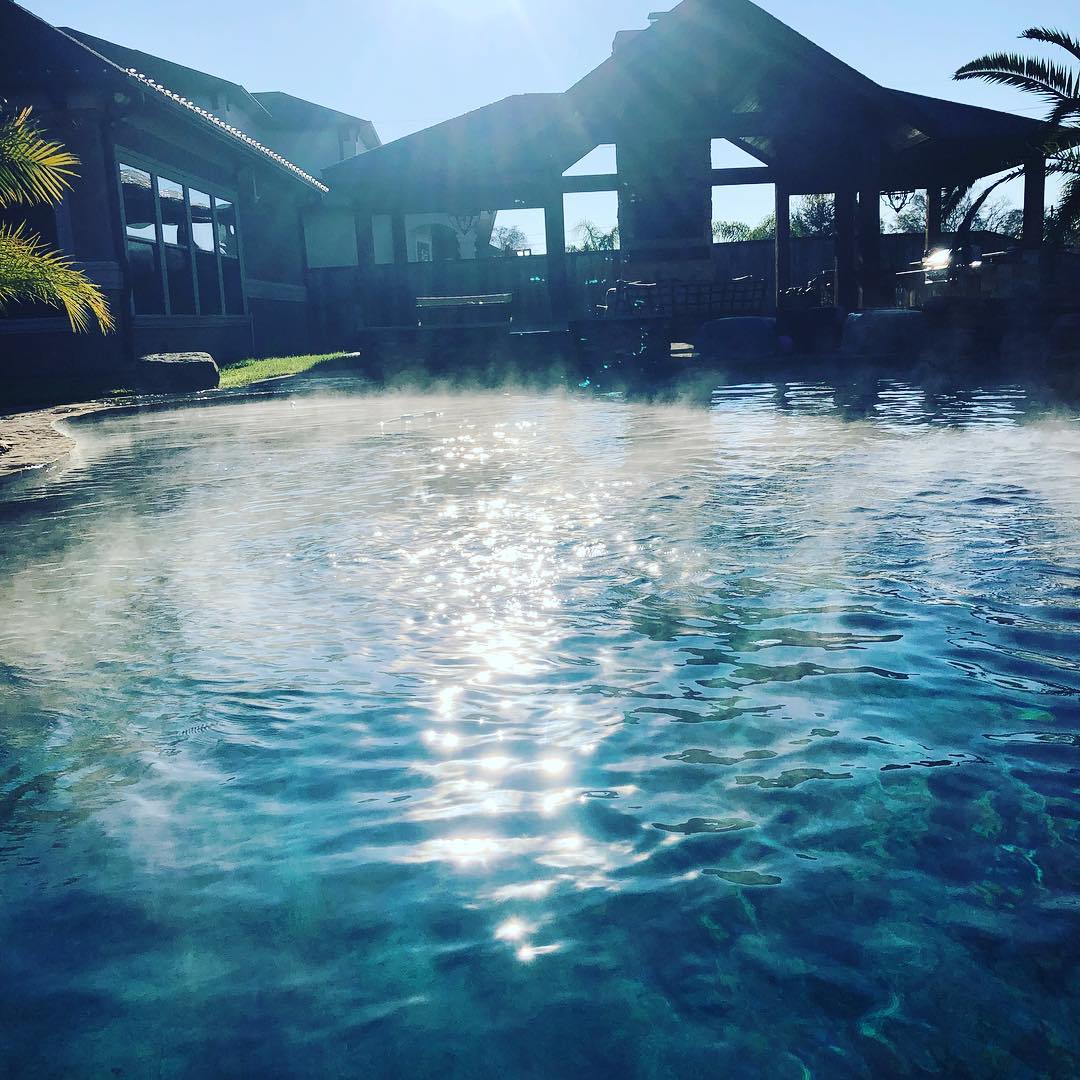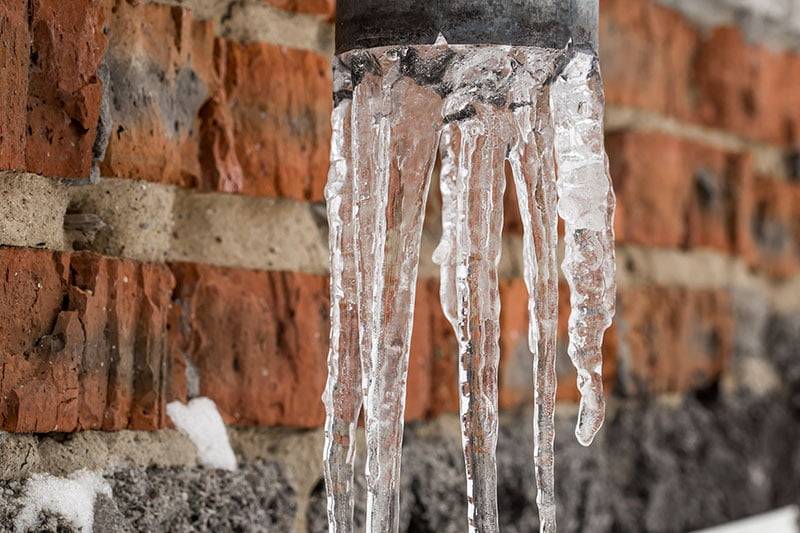Weather Preparedness
Texas Pools are some of the largest and most intricate in the nation. Sophisticated pools have sophisticated equipment. When natural disasters hit, we want you to be ready and your equipment protected.
Please familiarize yourself with the information below and practice how you will prepare your pool. Family members of all ages can assist in taking proactive steps to save you time and money on costly repairs.
Imminent Hurricane:
JUNE – NOVEMEBER IS HURRICANE SEASON
24 Hours Before Landfall:
- Treat your pool early
- Shocking your pool or add an extra dose of chlorine to prepare for incoming organic debris.
- Anything that can blow into the pool, will blow into the pool. Bring furniture, umbrellas, pool toys, potted plants, etc inside. Ask your neighbors to do the same.
Immediately Before Landfall:
- Turn off the power to the pool equipment
- Breaker off the equipment
- Power off heaters
- Power off Automation systems
After the storm:
- Remove light debris. Do not attempt to remove large debris yourself (power lines, housing materials, vehicles, etc. – CALL A PROFESSIONAL).
- Balance pool chemistry and check water level.
- Water level should be halfway up the skimmer throat before turning on equipment
- Check pool equipment for damage.
- Turn on pool equipment to begin circulation.
- If you cannot safely turn your equipment back on or have suffered damage, contact our team immediately.
- Do not attempt to board up your pool with plywood. This is frowned upon in Texas.
Flooding / High Water
Houston is prone to flooding. Floods may run concurrent with hurricanes. Please follow our hurricane preparedness guide and take these additional steps:
- If your area is sure to flood, it may be wise to lower the water level slightly. To not burn equipment or run pumps when dry, ensure the water level is halfway up the skimmer throat at all times when equipment is running. If your pool has flooded, you may lower the water to the appropriate level, ensuring that the water near the pool equipment has receded.
- If you have a DE (Diatomaceous Earth) filter, you may backwash the filter to waste.
- Cartridge filters cannot be backwashed. Water can be removed through the pool pump using a “Hose-bib” or pump spigot. Your pump may already have one installed. If so, attach a garden hose to the spigot and allow the water to leave the pool
After the flood:
- Organic matter, unsanitary water, and debris have most likely made its way into the pool. Safely remove the debris if possible.
- Rebalance the pool chemistry.
- Check water for Phosphates and apply a phosphate remover as directed
- Shock or Super Chlorinate the pool. Allow for equipment to circulate and the water to clear before entering the pool
- Alligators, snakes, or other critters that have washed into your pool do not make good pets. Do not give foreign reptiles are gifts to your neighbors. This is frowned upon in Texas.
Drought/Water Loss
During the peak of Texas summers, temperatures can each well over 100°. Evaporation is natural in all swimming pools and bodies of water.
- Pools will normally see ¼ to ½ inch of water loss per day. This is expected.
- Water loss greater than this may be symptomatic of a leak. Check around the pool for areas of ground saturated with water, dead patches grass near the pool equipment, or bubbling coming from underground. If you have any of these signs, contact our team to schedule a leak detection.
- During extended periods of high heat or water usage bans, try to backwash your DE filter as little as possible.
- Minimize splash out
- Turn off additional water features – Water bowls, slides, fountains, waterfalls
- Disable Autofill devises. Use a hose to manually fill your pool to conserve as much water as possible. This will be tedious but it will save you money.
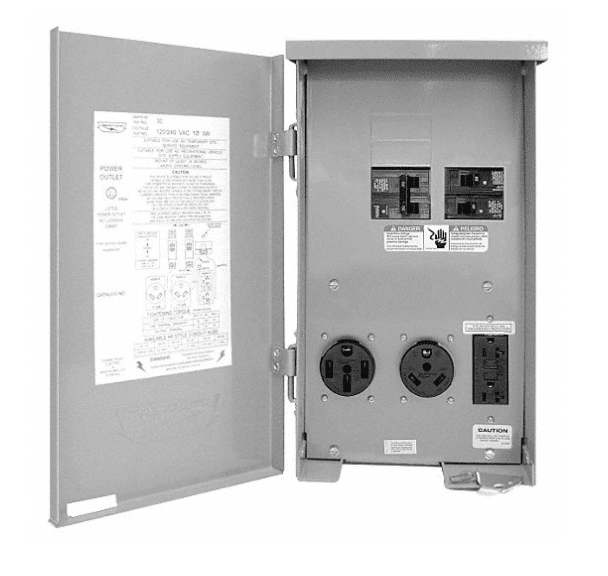
Power Outages
Pool equipment requires an energy source to run. Without power or a back up energy source, equipment will remain off and your water will go stagnant.
- Follow the steps above to breaker off your equipment. Only flip the breaker back on once you are sure you have regained power.
- Remove as much debris as possible from the pool. Clear skimmer baskets, pump pot baskets, and leaf catchers.
- You may still chemically treat your pool however the chemicals will not move. Assist the distribution of chemicals by brushes your pool thoroughly and help the water circulate.
- Do not run an extension cord from your neighbor’s house, who does have power, to power your own equipment. This is frowned upon in Texas.
Below Freezing Temperatures
In February, Houston experienced sudden freezing temperatures that wreaked havoc on pool equipment and caught many homeowners off guard.
- Keep your pool water circulating. Run the equipment 24/7! A few days of high electricity bills is better than repairing a new equipment pad.
- Wrap your pipes! Use blankets, towels, or pipe insulation
- You may run your heater if you have one. This is optional. Please turn the heater OFF at the unit if you expect power loss.
- Disable the pool cleaner. Store the cleaner out of the pool, if possible.
- Do not attempt to start your own chapter of the Polar Bear Club with your neighbors. Swimming in water under 70° is dangerous and highly frowned upon in Texas.


